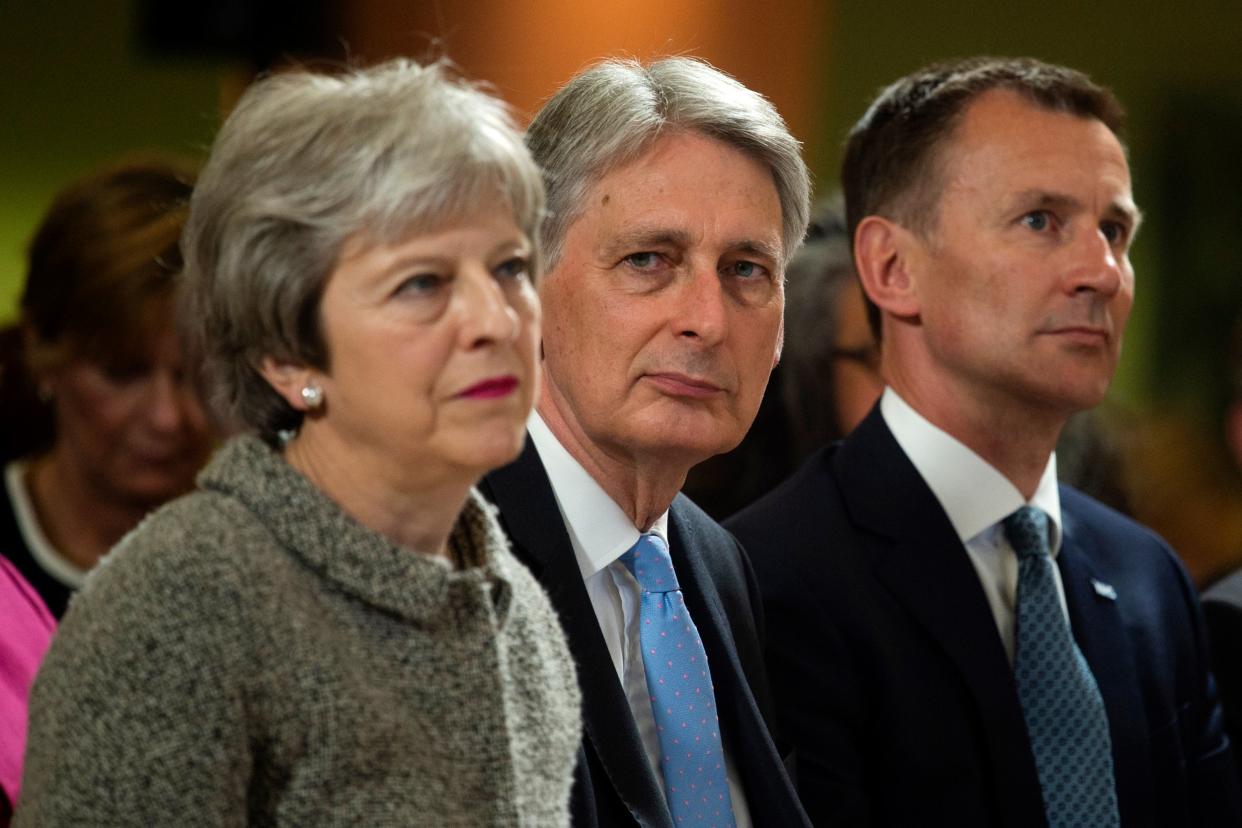With Chequers' Brexit meeting looming, Theresa May is haunted by cabinet splits that have broken past governments

The only time the cabinet has broken apart was in 1931. Overwhelmed by the Depression, Ramsay MacDonald, the Labour prime minister, lost the support of nine of his cabinet of 20. They refused to accept the cuts to unemployment benefits demanded by the orthodox economics of the time.
The King, George V, told MacDonald he was the “the only person who could carry the country through”, so MacDonald stayed on as head of a government “of men of all parties” – although he could persuade only three of his ministers to stand by him.
The Labour Party expelled its leader and his supporters and went into opposition, only to be crushed in the general election that followed.
That was what James Callaghan was trying to avoid in 1976, when another Labour government was asked to make cuts in public spending. He succeeded in holding the government and party together, by holding nine cabinet meetings in three weeks before the crucial meeting on 2 December. He allowed all cabinet ministers to submit papers – 13 of them did so – and wore them down by attrition. No one resigned, not even Tony Benn, Jeremy Corbyn’s hero, when the cabinet agreed to make the cuts needed to secure the loan from the International Monetary Fund.
Now Theresa May faces her crisis. She is expected to summon the cabinet to a two day meeting at Chequers, the prime minister’s country home, on 5 and 6 July. She will ask them to agree the trading relationship with the EU they want to seek in the final stage of the Brexit negotiations.
With less than two weeks to go, her ministers are still divided, while it is unclear that the EU will agree to anything they might decide.
Already, Theresa May has provided students of cabinet government with enough case study material for a year’s classes. When she arrived in No 10 she got rid of David Cameron’s sofa and replaced it with a glass-topped table and straight-backed chairs. Like many incoming prime ministers, she was going to sweep away the rule of her predecessor’s chums and “restore” collegiate decision-making, and like many of them she did no such thing. For her first 11 months her chiefs of staff, Fiona Hill and Nick Timothy, ran the most centralised government yet seen. For the past 12 months, however, since the election, she has been forced to defer to her cabinet.
Thus Jeremy Hunt refused to be sacked, and added social care to his responsibilities instead. This week he secured a huge and unfunded increase in planned spending on the NHS. And Sajid Javid, the new home secretary, having already abolished the “hostile environment” immigration policy that the prime minister still defends, bulldozed No 10 into a review of medicinal cannabis.
It was only last week that David Davis, threatening to resign again, forced May to reverse a deal she had struck with Dominic Grieve, leader of the soft-Brexit Tory rebels. This week Davis proved a better judge of politics when Grieve backed down and the government won the last vote on the EU (Withdrawal) Bill by a majority of 16 – not bad when it has a notional working majority of 13.
Compared with such assertions of power, Boris Johnson’s verbal disloyalties seem tame. Today, for example, he protested against the possibility of a “bog roll Brexit, soft, yielding and seemingly infinitely long”. Colourful language, but meaningless unless he can persuade his Eurosceptic colleagues to threaten to resign together at Chequers.
It is not obvious that he can rely on Davis or Michael Gove for solidarity. Davis appears to have MacDonald-like delusions of indispensability, telling people he is the only person who can deliver Brexit, while Gove is said to argue that the important thing is to get out of the EU and then to fight for greater separation.
Theresa May is also taking the precaution of inviting the full cabinet to Chequers, rather than just the Brexit committee, which had a six-five split in favour of Leavers after Javid changed sides when he joined last month. The whole cabinet consists of 13 Remainers, eight Leavers and two Remain-to-Leave switchers, Javid and Hunt.
I don’t know what will happen at Chequers. There may be another fudge, although it is getting very late for that. There may be resignations, but not even the defection of half the cabinet could dislodge the prime minister in 1931.
So far, May is more of a Callaghan than a MacDonald. Surprisingly, perhaps, she has not yet lost a single cabinet minister on the issue of Brexit. Callaghan is mostly remembered as a decent prime minister who tried hard to make the best of a difficult situation; MacDonald is reviled as a traitor. May’s place in history beckons.

 Yahoo News
Yahoo News 
